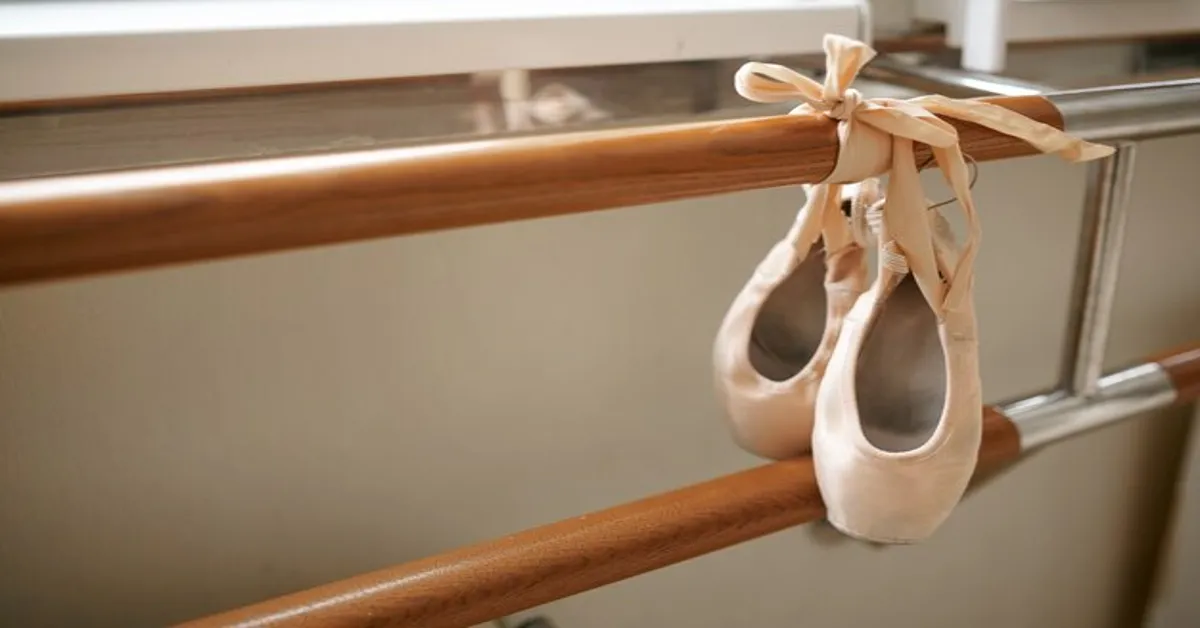Ballet shoes are more than just footwear; they are an essential part of a dancer’s journey. Whether you’re a beginner or a professional, selecting the right ballet shoes can impact your performance, comfort, and injury prevention. In this guide, we will explore everything you need to know about ballet shoes, from types and materials to fitting tips and maintenance.
What Are Ballet Shoes?
Ballet shoes are lightweight, flexible shoes specifically designed for ballet dancing. They provide support and allow for the full range of foot movement required in ballet performances. Typically made of leather, canvas, or satin, these shoes come in different styles to suit dancers at various skill levels.
Types of Ballet Shoes
1. Full-Sole Shoes
- Provide extra support for beginners.
- Encourage proper foot development and strength.
- Made of leather or canvas for durability.
2. Split-Sole Shoes
- Feature a flexible design for advanced dancers.
- Offer enhanced arch definition and mobility.
- Preferred by professionals for their sleek aesthetic.
3. Pointe Shoes
- Designed for experienced dancers en pointe.
- Reinforced toe box and shank for foot support.
- Require proper training and fitting to avoid injuries.
Materials Used in Shoes
Leather
- Durable and long-lasting.
- Provides good grip and support.
- Suitable for beginners as it helps strengthen feet.
Canvas
- Lightweight and breathable.
- Ideal for practice and performances.
- Easier to clean and maintain.
Satin
- Used primarily for performances.
- Offers an elegant look but wears out faster.
- Best suited for professional dancers.
How to Choose the Right Shoes
1. Fit and Comfort
- Ensure a snug but not tight fit.
- Allow toes to lie flat inside the shoe.
- Avoid excessive gaping or pinching.
2. Sole Type
- Beginners should start with full-sole shoes.
- Intermediate and advanced dancers benefit from split-sole designs.
3. Material Choice
- Leather is great for durability.
- Canvas is lightweight and breathable.
- Satin is ideal for performances.
4. Elastic and Drawstrings
- Adjust for a secure fit without discomfort.
- Ensure they do not dig into the foot.
How to Care for Ballet Shoes
- Air Dry After Use: Prevents moisture buildup and odor.
- Clean Regularly: Use a damp cloth for leather and canvas shoes.
- Avoid Machine Washing: Hand-clean canvas shoes to prevent damage.
- Store Properly: Keep in a breathable bag to maintain shape and freshness.
Common Mistakes When Buying Ballet Shoes
- Buying shoes that are too big or too small.
- Choosing the wrong material for practice vs. performance.
- Neglecting proper fitting sessions before purchasing.
- Ignoring comfort in favor of aesthetics.
Conclusion
Choosing the right shoes is crucial for comfort, performance, and injury prevention. Whether you’re just starting or advancing in ballet, investing in high-quality shoes suited to your needs will make a significant difference. Ready to find your perfect pair? Explore top-rated ballet shoes today and elevate your dance experience!
FAQs
- 1. What is the best ballet shoe for beginners?
Full-sole leather shoes provide the best support and help strengthen the foot.
- 2. How often should I replace shoes?
Depending on usage, replace canvas shoes every few months and leather shoes once they show signs of excessive wear.
- 3. Do ballet shoes have to match my skin tone?
While traditionally pink or white, many brands now offer ballet shoes in various skin tones for a seamless look.









